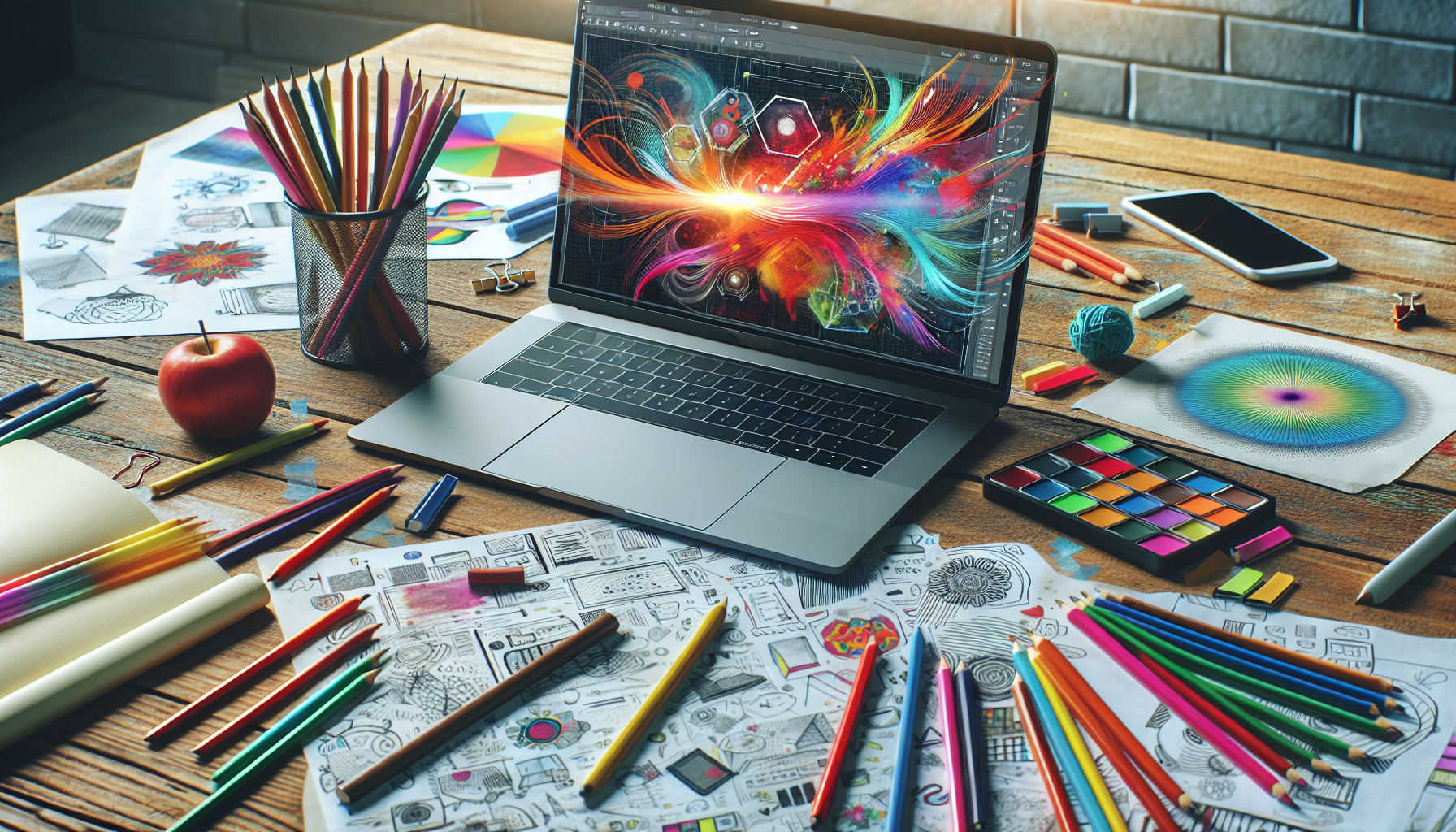In today's fast-paced world, where consumer attention is both scarce and fleeting, the design of a brand can make or break its success. An exceptional design not only captures attention but also communicates a brand's ethos and values, leading to a stronger connection with its audience. To unleash a brand's potential, adopting innovative design techniques is crucial.
The creative design process begins with understanding. Before delving into sketches and software, it’s vital to comprehend the brand’s core values, target audience, and market positioning. A profound understanding sets a solid foundation for the design journey. Designers must immerse themselves in the brand’s history, its competition, and most importantly, its audience’s psychology.
Once a clear understanding is achieved, the next step is ideation. This is where creativity is set free—brainstorming sessions, mood boards, and mind maps come into play. It’s an exploration stage where designers push boundaries, consider various perspectives, and seek inspiration both from within and from external sources such as art, nature, and even current events.
With a plethora of ideas at hand, the process shifts towards conceptualization. This phase involves selecting the strongest concepts and refining them. Designers create rough sketches and prototypes, experimenting with different elements like color schemes, typography, and layout. Constant iteration and feedback from peers or stakeholders play a significant role in polishing these concepts.
Creative design isn’t just about aesthetics; it’s also about functionality. During the design process, ensuring that the design meets usability standards and efficiently communicates its intended message is paramount. This might involve user testing or prototype reviews to gather insights about the user experience, ensuring the design is not only appealing but also intuitive.
Incorporating innovation at every step of the creative process can lead to groundbreaking designs. Leveraging cutting-edge technology, such as augmented reality for interactive packaging or using artificial intelligence to personalize user experiences, can set a brand apart from its competitors. Designers who harness these technologies can create more engaging and memorable experiences for their audiences.
Storytelling is another powerful tool in the creative design arsenal. Through imagery, color, and layout, a design can tell a compelling story that resonates with its audience, fostering an emotional connection. Whether it is through a sleek logo or a captivating website design, storytelling breathes life into a brand, making it relatable and memorable.
Feedback and refinement are continuous processes in design creation. Listening to audience feedback and willingness to adapt are crucial for growth. Design is never truly finished; it evolves just like the brands it represents. Regular updates and redesigns keep a brand fresh and relevant, ensuring it aligns with changing consumer preferences and technological advancements.
Finally, execution marks the culmination of the creative design process. It’s the phase where all the hard work comes to fruition as the designs are translated into tangible outputs—be it a product, a digital platform, or promotional materials. Precision and attention to detail in this stage are essential to ensure a seamless transition from concept to reality.
Unleashing a brand's potential through innovative design techniques is both an art and a science. It requires a balance of creativity, strategy, and constant adaptation. By embracing a holistic approach to design—the blend of understanding, ideation, conceptualization, innovation, storytelling, and execution—a brand can carve its unique space in the market and captivate the hearts and minds of its audience.
